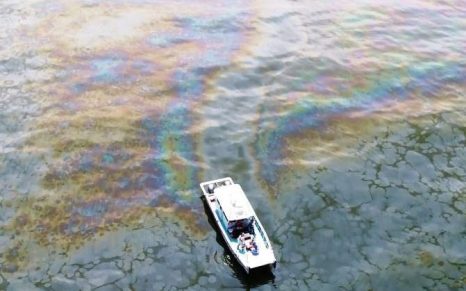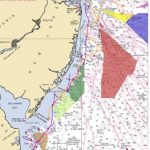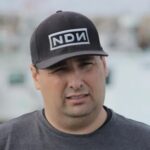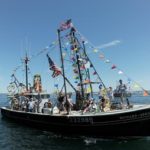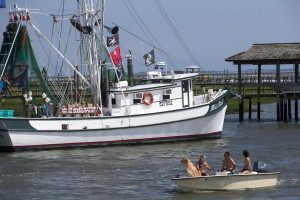Tag Archives: Gulf Restoration Network
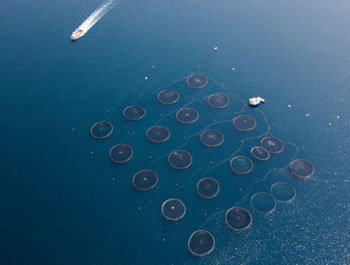
NOAA, NGOs debate effects of ocean farms on wildlife, Litigation may be deterring investors
Federal waters in the Gulf of Mexico have been open to fish farming for two years, but no farms yet exist. In January 2016, the National Oceanic and Atmospheric Administration’s National Marine Fisheries Service issued a rule that would let companies apply for 10-year permits to farm fish in federal waters of the Gulf, with five-year renewals thereafter.,, Paul W. Zajicek, executive director of the National Aquaculture Association, suspects companies interested in starting offshore farms are waiting for results of a federal lawsuit against the fisheries service.,, Those behind the lawsuit say NOAA’s fisheries service is trying to regulate aquaculture as fishing but lacks authority to expand into aquaculture. >click to read<21:43
Center for Food Safety lawsuit challenge’s NOAA’s push for aquaculture in offshore U.S. waters
 Center for Food Safety has filed a new lawsuit challenging the National Oceanic and Atmospheric Administration’s (NOAA) new federal regulations permitting, for the first time, industrial aquaculture offshore in U.S. federal waters in the Gulf of Mexico. The plaintiff coalition CFS is representing in the case make up a broad array of significant interests in the Gulf of Mexico, including commercial, economic, recreational, and conservation groups. Read the rest here 09:09
Center for Food Safety has filed a new lawsuit challenging the National Oceanic and Atmospheric Administration’s (NOAA) new federal regulations permitting, for the first time, industrial aquaculture offshore in U.S. federal waters in the Gulf of Mexico. The plaintiff coalition CFS is representing in the case make up a broad array of significant interests in the Gulf of Mexico, including commercial, economic, recreational, and conservation groups. Read the rest here 09:09
Loud Seismic Tests Probed for Harm to Whales, Dolphins – ENGO Coalition Forces Government Agency’s
NEW ORLEANS, Louisiana, May 15, 2013 (ENS) – The U.S. federal agency that oversees offshore oil exploration will analyze the effects of noisy underwater seismic blasts on whales and dolphins in the Gulf of Mexico. The BOEM and its predecessor, the Minerals Management Service, have allowed exploratory seismic surveys to go ahead without permits. The groups contend this omission violates the Marine Mammal Protection Act and the Endangered Species Act. continued
New Documentary ‘Dirty Energy’ highlights dangerous role of dispersants in BP’s cleanup effort
 In the movie, marine toxicologist Riki Ott summarized what the oil industry learned from the Exxon Valdez spill in Alaska in 1989: “We have to control the images. We’ve got to minimize the appearance of damages. That will limit our liability.”
In the movie, marine toxicologist Riki Ott summarized what the oil industry learned from the Exxon Valdez spill in Alaska in 1989: “We have to control the images. We’ve got to minimize the appearance of damages. That will limit our liability.”
That’s what BP did in the Gulf. “If you disperse it, you don’t see it,” said shrimper George Barisich, who attended the screening of “Dirty Energy” in Port Huron on Jan. 19. “As they dispersed it more and more, the less people saw, the more they forgot about it.” Read more here






